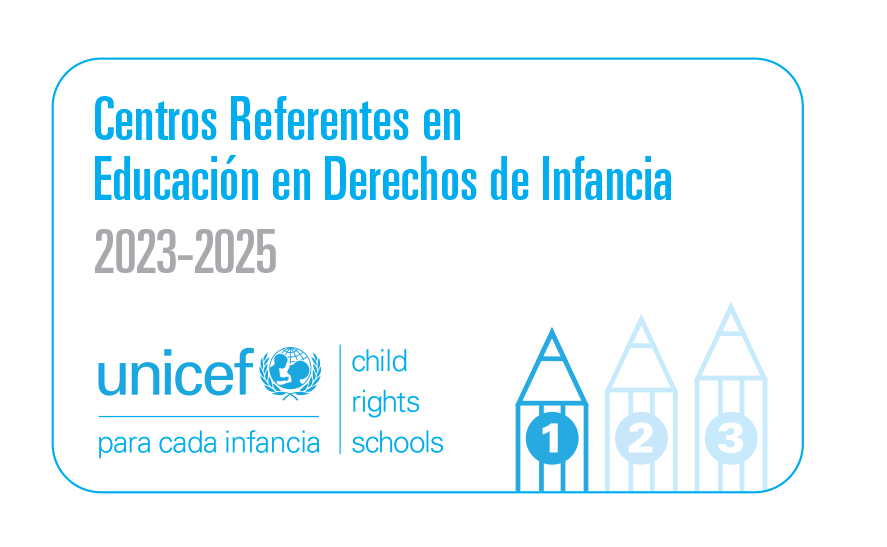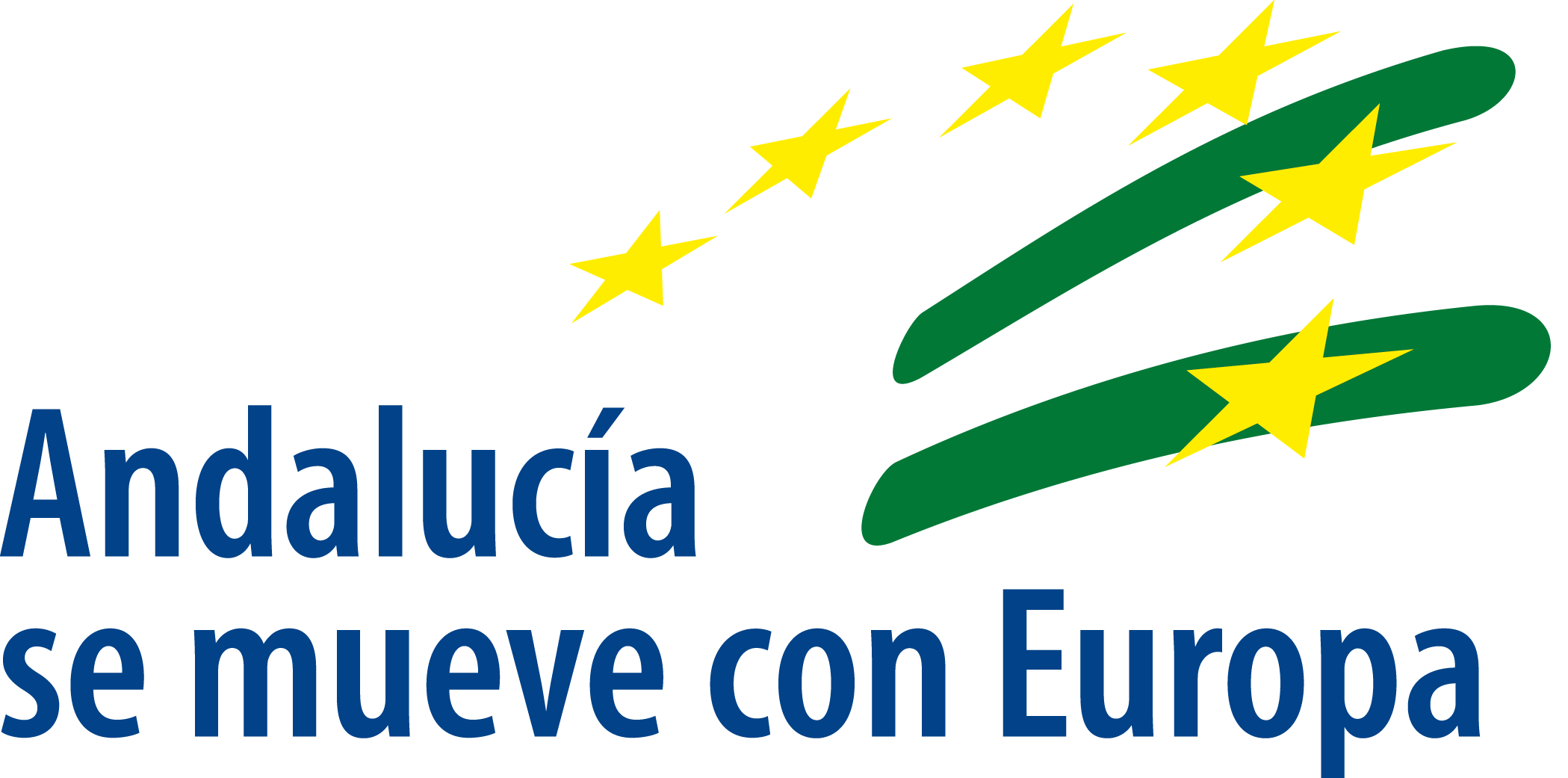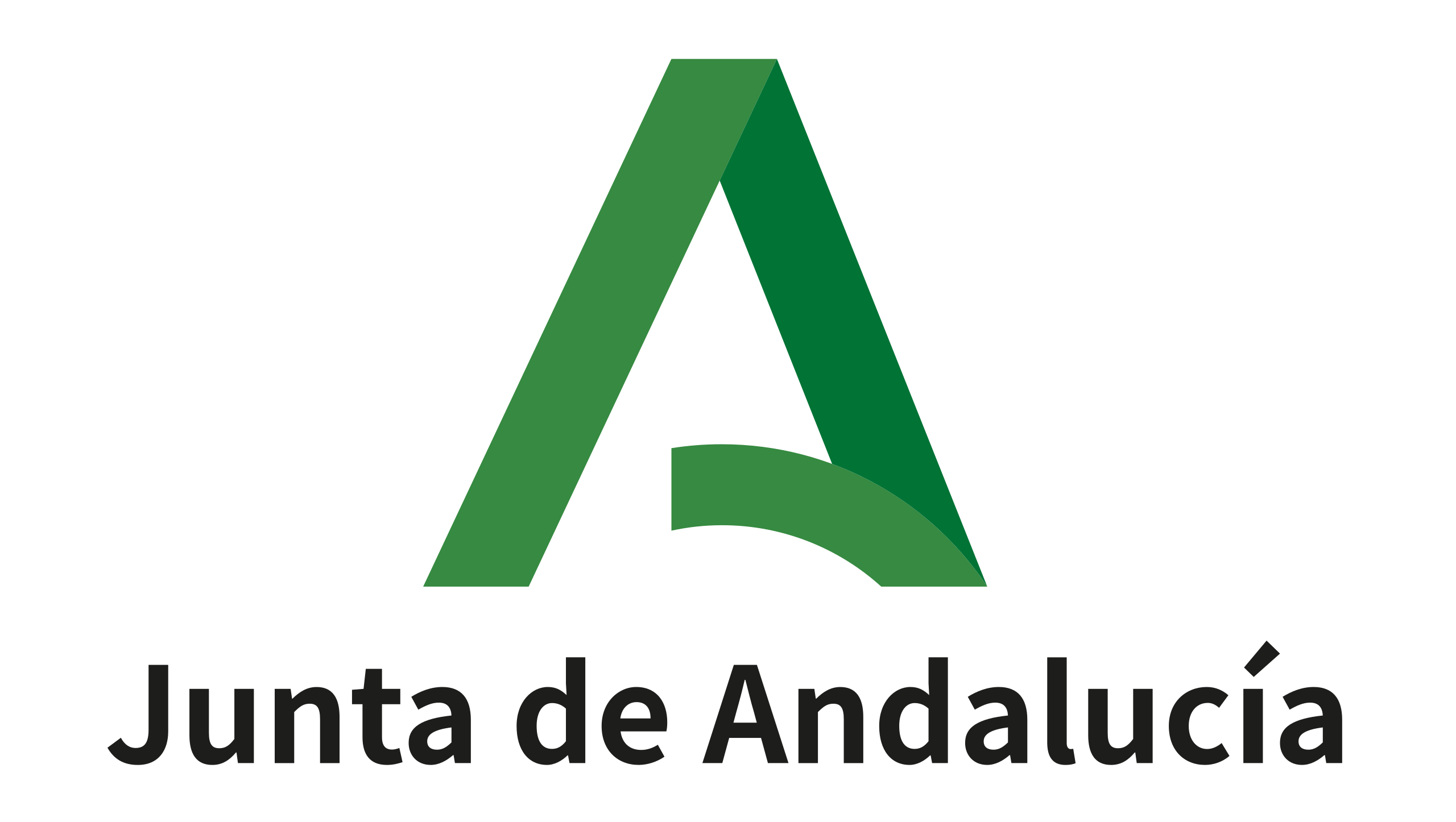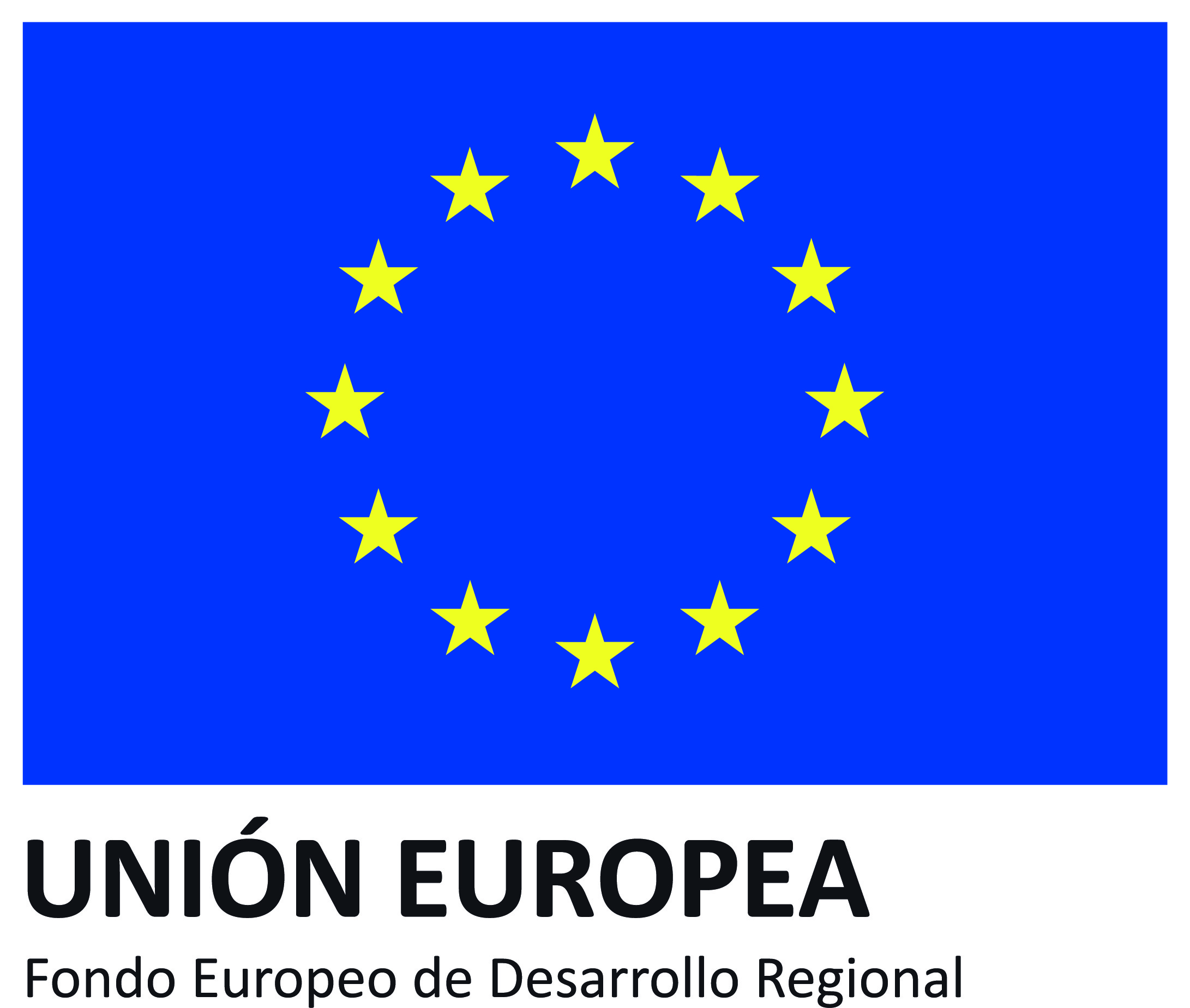Children’s house
(from 3 to 6 years old)
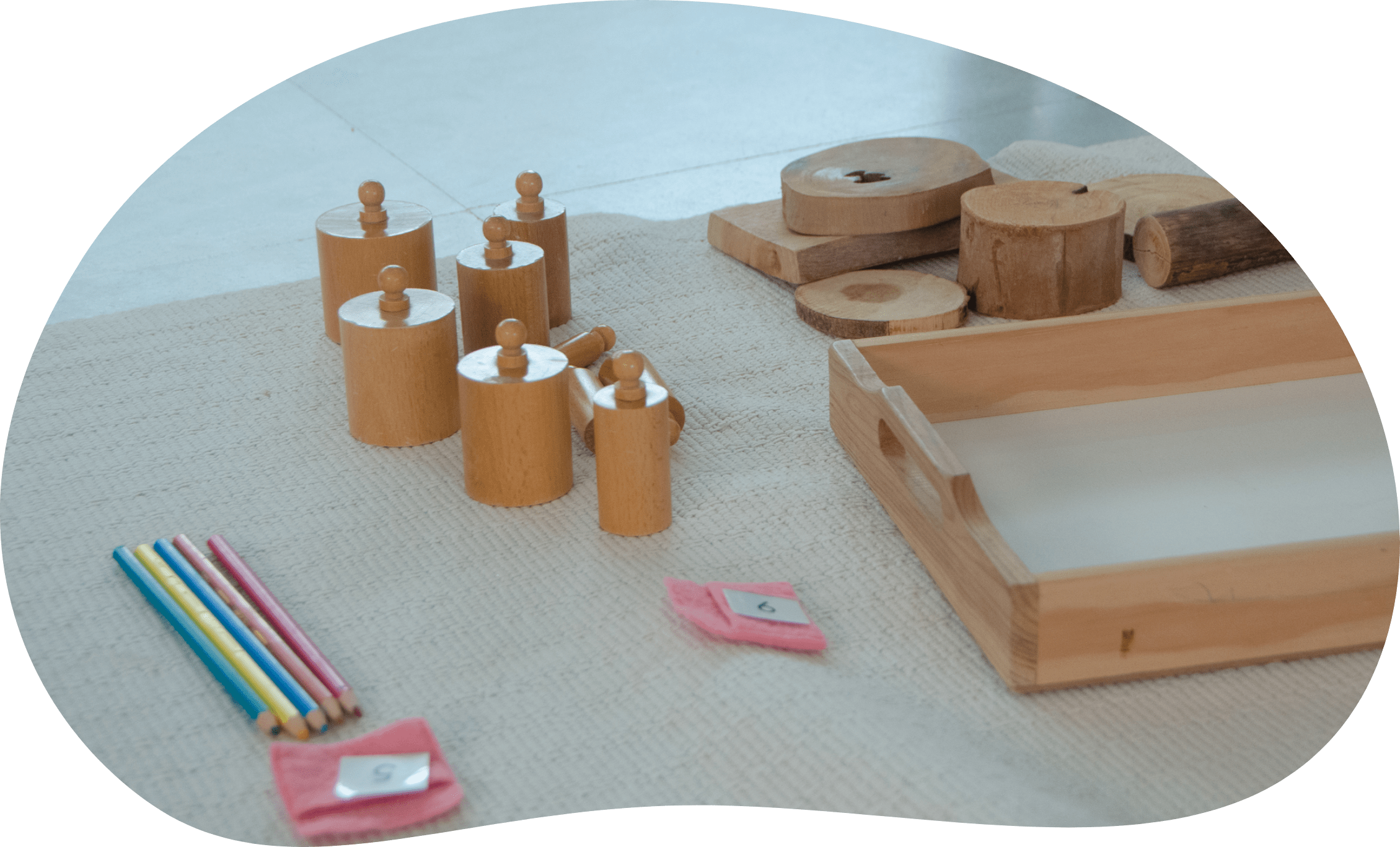
Children’s house
(from 3 to 6 years old)

Children’s house
(from 3 to 6 years old)

It is an Environment Prepared for children between 3 and 6 years old, equivalent to the second cycle of kindergarten, where they feel at home, a safe, cozy and warm place, full of stimulating materials that will guide them in their learning, satisfying their curiosity, promoting their self-esteem and providing them with new learning and skills.
It is an Environment Prepared for children between 3 and 6 years old, equivalent to the second cycle of kindergarten, where they feel at home, a safe, cozy and warm place, full of stimulating materials that will guide them in their learning, satisfying their curiosity, promoting their self-esteem and providing them with new learning and skills.
It is an Environment Prepared for children between 3 and 6 years old, equivalent to the second cycle of kindergarten, where they feel at home, a safe, cozy and warm place, full of stimulating materials that will guide them in their learning, satisfying their curiosity, promoting their self-esteem and providing them with new learning and skills.
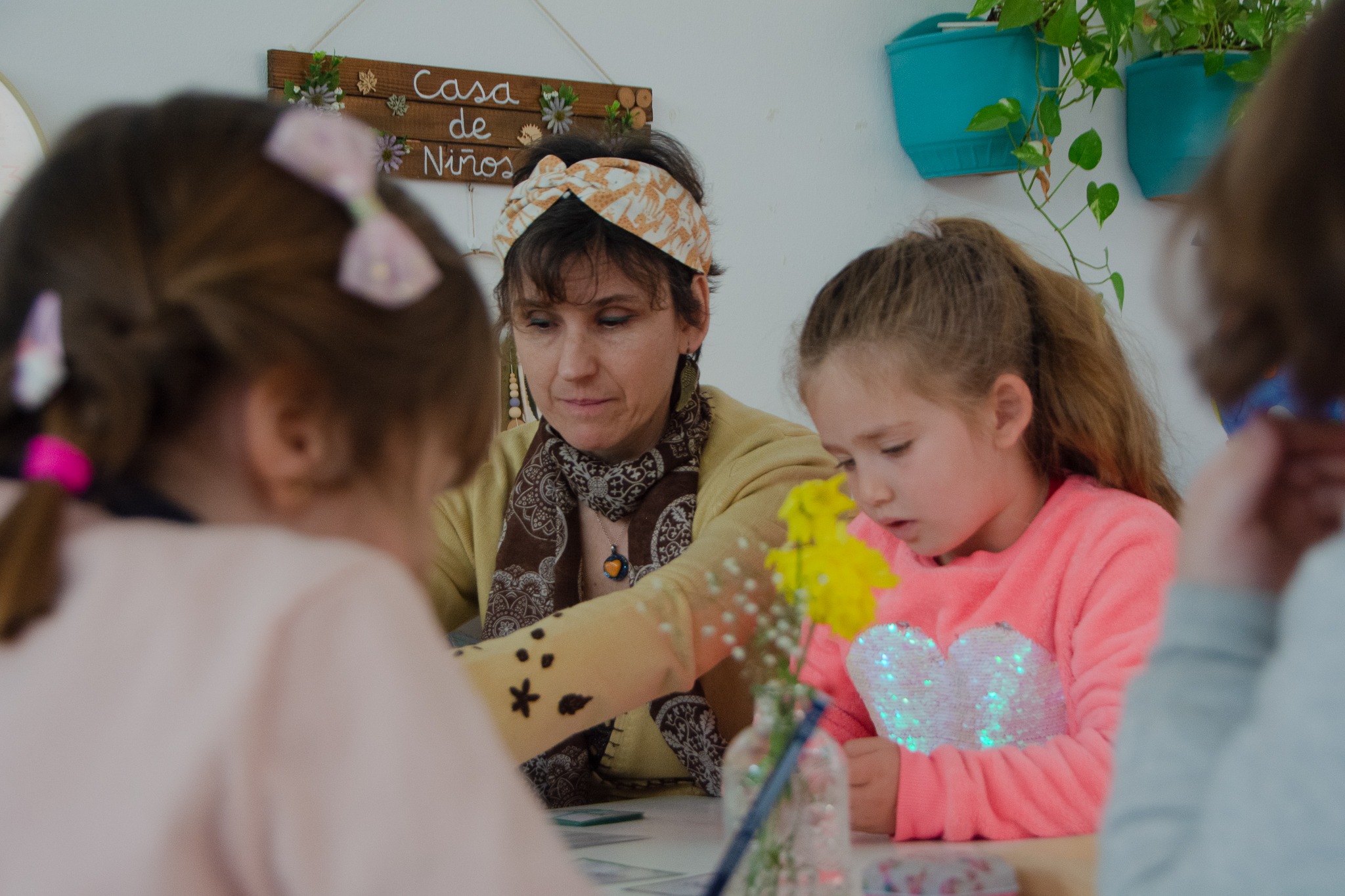
Prepared environment
Maria Montessori defined the prepared environment as the perfect adaptation of the physical environment to the child. At the same time, the environment is prepared when attention is paid not only to the physical aspects of the environment but also to how the physical and social context affects the child’s psyche. Thus in the Prepared Environment of Children’s Housewe find a very large room, with areas prepared to develop different areas, in which everything is at the level of the child, in which they have at their disposal everything they need to learn, a bright, warm, well ventilated, quiet, cheerful classroom, with natural colors and plants, with outdoor space, with very clear rules and limits, and with the prepared adult, Montessori Guide, who accompanies them and shows them learning while respecting their rhythms and interests.
Multiage group
At Children’s Housethere is a small group of children aged 3, 4 and 5 years old. This multi-age classroom allows the older children to develop and put into practice their learning, to be careful and respectful with the younger ones, and it is also a very stimulating environment for the younger ones, who see the older ones as models and inspiration. Thus, a mini-society is created in the classroom itself.


Prepared environment
Maria Montessori defined the prepared environment as the perfect adaptation of the physical environment to the child. At the same time, the environment is prepared when attention is paid not only to the physical aspects of the environment but also to how the physical and social context affects the child’s psyche. Thus in the Prepared Environment of Children’s Housewe find a very large room, with areas prepared to develop different areas, in which everything is at the level of the child, in which they have at their disposal everything they need to learn, a bright, warm, well ventilated, quiet, cheerful classroom, with natural colors and plants, with outdoor space, with very clear rules and limits, and with the prepared adult, Montessori Guide, who accompanies them and shows them learning while respecting their rhythms and interests.
Multiage group
At Children’s Housethere is a small group of children aged 3, 4 and 5 years old. This multi-age classroom allows the older children to develop and put into practice their learning, to be careful and respectful with the younger ones, and it is also a very stimulating environment for the younger ones, who see the older ones as models and inspiration. Thus, a mini-society is created in the classroom itself.


Prepared environment
Maria Montessori defined the prepared environment as the perfect adaptation of the physical environment to the child. At the same time, the environment is prepared when attention is paid not only to the physical aspects of the environment but also to how the physical and social context affects the child’s psyche. Thus in the Prepared Environment of Children’s Housewe find a very large room, with areas prepared to develop different areas, in which everything is at the level of the child, in which they have at their disposal everything they need to learn, a bright, warm, well ventilated, quiet, cheerful classroom, with natural colors and plants, with outdoor space, with very clear rules and limits, and with the prepared adult, Montessori Guide, who accompanies them and shows them learning while respecting their rhythms and interests.
Multiage group
At Children’s Housethere is a small group of children aged 3, 4 and 5 years old. This multi-age classroom allows the older children to develop and put into practice their learning, to be careful and respectful with the younger ones, and it is also a very stimulating environment for the younger ones, who see the older ones as models and inspiration. Thus, a mini-society is created in the classroom itself.

Learning areas and workshops
At Children’s House the little ones can explore and get to know the world and themselves through different areas and workshops: practical life, sensory, science, language, mathematics, emotional intelligence, mindfulness, neurodevelopment, art and music, free play, nature and linguistic immersion in English.
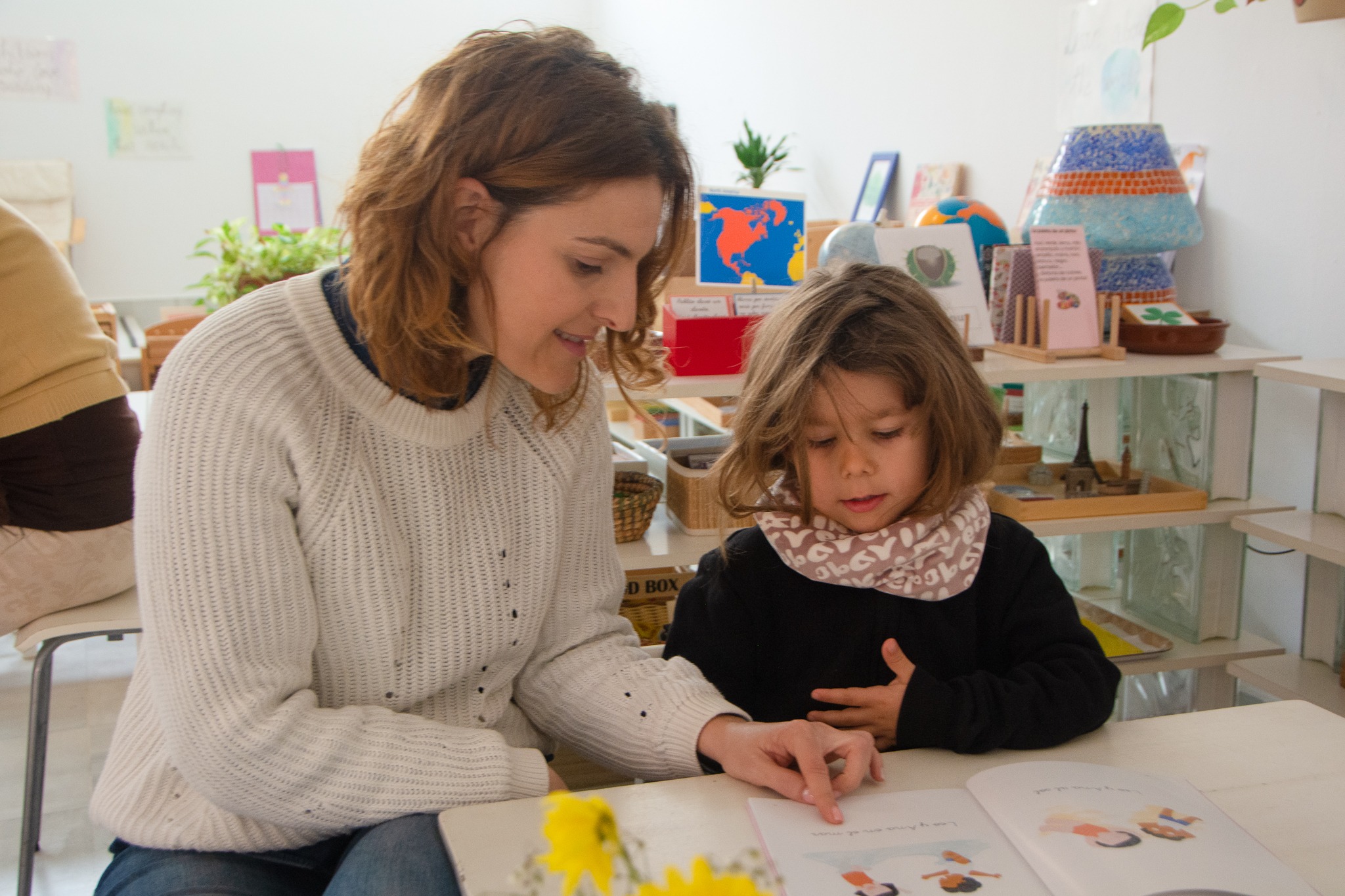
Practical life
The child learns social norms of grace and courtesy, care for his or her environment and the external environment. Experiences and focuses on self-perfection with activities related to self-care and gaining physical independence.
Through sensorial materials, children gradually explore and improve each of their senses separately. As children refine their skills, classifying and ordering objects according to their characteristics, they indirectly prepare for other areas such as science, language or mathematics.
Sensorial
Science
Through this area, children can become familiar with botany, geography and history and learn about other sciences through different experiments, all with manipulative, real, natural and attractive materials.
The reading and writing process in this environment begins with fluent oral language and sound analysis, and then moves on to learning letters, composing words with the movable alphabet and practicing the grip of the pencil. They write in sand and on a blackboard and then gradually move on to paper. The analysis of sounds and the knowledge of their spelling leads to a spontaneous learning of reading. After conquering this process, the children at Children’s Housebegin with the composition and decomposition of sentences and syntactic analysis.
Language
Mathematics
Maria Montessori created materials that allow children to touch and manipulate mathematical concepts in order to understand the concrete before moving on to abstraction. Thus, this area often becomes a favorite for children who are fascinated by these materials that invite repetition, practice and integration of different mathematical skills.
The adult is prepared to observe the emotional needs of children of these ages and to mediate conflict resolution through positive discipline and non-violent communication. Tools such as the peace table help them to find a space where they can learn to understand their feelings, communicate and resolve. We understand this area as fundamental in learning because being and feeling good is a great engine for learning.
Mindfulness is part of our daily life and before the daily assemblies we do a little bit of mindfulness. We also encourage materials in the environment that allow you to practice Yoga. Mindfulness develops emotional intelligence, promotes happiness, increases curiosity and commitment and reduces stress.
Emotional
intelligence
and mindfulness
Neurodevelopment
Every day we have the opportunity to review the developmental stages through a fun neuromotor development program. This helps us to mature and better control our body coordination, lateralization and to automate and inhibit movement and, ultimately, to better control our body. The neuromotor program helps us to forget about the overexertion of body control in order to pay attention to the maturation of the following phases, the emotional and cognitive, preventing possible difficulties in development or learning.
Our children have at their disposal materials related to this area to which we attach great importance. Watercolors, clay, acrylics, collage, etc. are available for them to choose from. Montessori bells and weekly music workshops bring them closer to the art of music in a free and playful way.
Art and music
Free play
Children can create and enjoy the garden and outdoor space for a large period of time each day. We consider free play as fundamental in the social and psycho-emotional development of children. In addition, through it they improve the construction of language, motor development and put into practice what they have learned. The adult mediates, if necessary, in the resolution of conflicts and is present for the supervision and safety of the children.
We learn about nature in nature itself, with our garden. In addition, we complement with Montessori materials from the environment and with our Nature Workshops with specialists in the field. We are part of the planet and we educate to bring children closer to nature and, above all, to its respect and care.
Nature
Linguistic immersion in English
English is present in the day to day environment. In presentations, stories, songs, assemblies, both languages, English and Spanish, are interspersed in a natural way, prioritizing English on a daily basis, except for the adaptation periods when the native language of each child is prioritized.
Learning areas and workshops
At Children’s House the little ones can explore and get to know the world and themselves through different areas and workshops: practical life, sensory, science, language, mathematics, emotional intelligence, mindfulness, neurodevelopment, art and music, free play, nature and linguistic immersion in English.

Practical life
The child learns social norms of grace and courtesy, care for his or her environment and the external environment. Experiences and focuses on self-perfection with activities related to self-care and gaining physical independence.
Through sensorial materials, children gradually explore and improve each of their senses separately. As children refine their skills, classifying and ordering objects according to their characteristics, they indirectly prepare for other areas such as science, language or mathematics.
Sensorial
Science
Through this area, children can become familiar with botany, geography and history and learn about other sciences through different experiments, all with manipulative, real, natural and attractive materials.
The reading and writing process in this environment begins with fluent oral language and sound analysis, and then moves on to learning letters, composing words with the movable alphabet and practicing the grip of the pencil. They write in sand and on a blackboard and then gradually move on to paper. The analysis of sounds and the knowledge of their spelling leads to a spontaneous learning of reading. After conquering this process, the children at Children’s Housebegin with the composition and decomposition of sentences and syntactic analysis.
Language
Mathematics
Maria Montessori created materials that allow children to touch and manipulate mathematical concepts in order to understand the concrete before moving on to abstraction. Thus, this area often becomes a favorite for children who are fascinated by these materials that invite repetition, practice and integration of different mathematical skills.
The adult is prepared to observe the emotional needs of children of these ages and to mediate conflict resolution through positive discipline and non-violent communication. Tools such as the peace table help them to find a space where they can learn to understand their feelings, communicate and resolve. We understand this area as fundamental in learning because being and feeling good is a great engine for learning.
Mindfulness is part of our daily life and before the daily assemblies we do a little bit of mindfulness. We also encourage materials in the environment that allow you to practice Yoga. Mindfulness develops emotional intelligence, promotes happiness, increases curiosity and commitment and reduces stress.
Emotional
intelligence
and mindfulness
Neuro
development
Every day we have the opportunity to review the developmental stages through a fun neuromotor development program. This helps us to mature and better control our body coordination, lateralization and to automate and inhibit movement and, ultimately, to better control our body. The neuromotor program helps us to forget about the overexertion of body control in order to pay attention to the maturation of the following phases, the emotional and cognitive, preventing possible difficulties in development or learning.
Our children have at their disposal materials related to this area to which we attach great importance. Watercolors, clay, acrylics, collage, etc. are available for them to choose from. Montessori bells and weekly music workshops bring them closer to the art of music in a free and playful way.
Art and music
Free play
Children can create and enjoy the garden and outdoor space for a large period of time each day. We consider free play as fundamental in the social and psycho-emotional development of children. In addition, through it they improve the construction of language, motor development and put into practice what they have learned. The adult mediates, if necessary, in the resolution of conflicts and is present for the supervision and safety of the children.
We learn about nature in nature itself, with our garden. In addition, we complement with Montessori materials from the environment and with our Nature Workshops with specialists in the field. We are part of the planet and we educate to bring children closer to nature and, above all, to its respect and care.
Nature
Linguistic immersion in English
English is present in the day to day environment. In presentations, stories, songs, assemblies, both languages, English and Spanish, are interspersed in a natural way, prioritizing English on a daily basis, except for the adaptation periods when the native language of each child is prioritized.
Learning areas and workshops
At Children’s House the little ones can explore and get to know the world and themselves through different areas and workshops: practical life, sensory, science, language, mathematics, emotional intelligence, mindfulness, neurodevelopment, art and music, free play, nature and linguistic immersion in English.

Practical life
The child learns social norms of grace and courtesy, care for his or her environment and the external environment. Experiences and focuses on self-perfection with activities related to self-care and gaining physical independence.
Touch the icons
Sensorial
Through sensorial materials, children gradually explore and improve each of their senses separately. As children refine their skills, classifying and ordering objects according to their characteristics, they indirectly prepare for other areas such as science, language or mathematics.
Science
Through this area, children can become familiar with botany, geography and history and learn about other sciences through different experiments, all with manipulative, real, natural and attractive materials.
Language
The reading and writing process in this environment begins with fluent oral language and sound analysis, and then moves on to learning letters, composing words with the movable alphabet and practicing the grip of the pencil. They write in sand and on a blackboard and then gradually move on to paper. The analysis of sounds and the knowledge of their spelling leads to a spontaneous learning of reading. After conquering this process, the children at Children’s Housebegin with the composition and decomposition of sentences and syntactic analysis.
Mathematics
Maria Montessori created materials that allow children to touch and manipulate mathematical concepts in order to understand the concrete before moving on to abstraction. Thus, this area often becomes a favorite for children who are fascinated by these materials that invite repetition, practice and integration of different mathematical skills.
Emotional
intelligence and
mindfulness
The adult is prepared to observe the emotional needs of children of these ages and to mediate conflict resolution through positive discipline and non-violent communication. Tools such as the peace table help them to find a space where they can learn to understand their feelings, communicate and resolve. We understand this area as fundamental in learning because being and feeling good is a great engine for learning.
Mindfulness is part of our daily life and before the daily assemblies we do a little bit of mindfulness. We also encourage materials in the environment that allow you to practice Yoga. Mindfulness develops emotional intelligence, promotes happiness, increases curiosity and commitment and reduces stress.
Neuro
development
Every day we have the opportunity to review the developmental stages through a fun neuromotor development program. This helps us to mature and better control our body coordination, lateralization and to automate and inhibit movement and, ultimately, to better control our body. The neuromotor program helps us to forget about the overexertion of body control in order to pay attention to the maturation of the following phases, the emotional and cognitive, preventing possible difficulties in development or learning.
Art and
music
Our children have at their disposal materials related to this area to which we attach great importance. Watercolors, clay, acrylics, collage, etc. are available for them to choose from. Montessori bells and weekly music workshops bring them closer to the art of music in a free and playful way.
Free
play
Children can create and enjoy the garden and outdoor space for a large period of time each day. We consider free play as fundamental in the social and psycho-emotional development of children. In addition, through it they improve the construction of language, motor development and put into practice what they have learned. The adult mediates, if necessary, in the resolution of conflicts and is present for the supervision and safety of the children.
Nature
We learn about nature in nature itself, with our garden. In addition, we complement with Montessori materials from the environment and with our Nature Workshops with specialists in the field. We are part of the planet and we educate to bring children closer to nature and, above all, to its respect and care.
Linguistic
immersion
in English
English is present in the day to day environment. In presentations, stories, songs, assemblies, both languages, English and Spanish, are interspersed in a natural way, prioritizing English on a daily basis, except for the adaptation periods when the native language of each child is prioritized.
That’s the Montessori magic! The Prepared Environment and the accompaniment from Positive Discipline, allows her to prepare academically and for life, to be true to her personality while enjoying, achieving the ability to learn and self-discipline. This is the fundamental principle that inspires education based on the legacy of Maria Montessori: To aid life.

That’s the Montessori magic! The Prepared Environment and the accompaniment from Positive Discipline, allows her to prepare academically and for life, to be true to her personality while enjoying, achieving the ability to learn and self-discipline. This is the fundamental principle that inspires education based on the legacy of Maria Montessori: To aid life.

That’s the Montessori magic! The Prepared Environment and the accompaniment from Positive Discipline, allows her to prepare academically and for life, to be true to her personality while enjoying, achieving the ability to learn and self-discipline. This is the fundamental principle that inspires education based on the legacy of Maria Montessori: To aid life.

